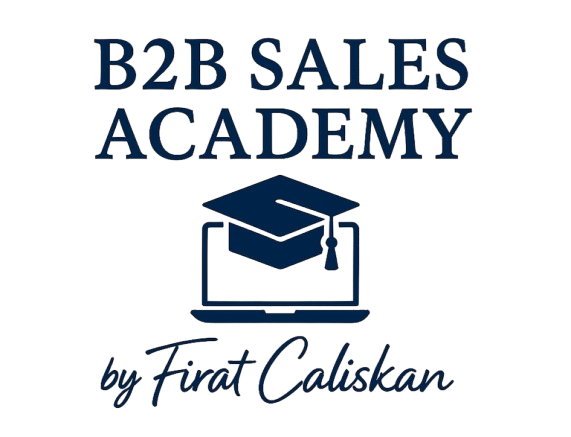
March 14, 2018
After spending close to 20 years working in a CPG giant like P&G where you do not question time tested (for more than 180 years) business models, strategies and activity systems; these days I am having quite a start-up experience where you risk everything you do. You try, fail, correct and repeat.
Seeing the big companies and total industries being disrupted every day by start-ups and being able to compare the two models now; this made me to think and write the dilemmas big listed companies facing to win in this new world of hyper-change. This is the first dilemma I want to cover. More to come later building on each-other. Stay tuned.

Quarterly TSR (Total Shareholder Return) vs. Sustainable Growth:
TSR is the ultimate reason of existing for all financial institutions unless it is a charity. There is no question about that. But the problem starts when it starts to replace the purpose of a company and defines the whole activity system around it vs the outcome of it. Delivering quarterly TSR on its own is not as mobilizing as “making the world a better place”. Contrary it can be paralyzing if it makes the company operate within quarters and create allot of non-value-added work for the organization.
Start-ups and smaller privately-owned companies have a huge advantage against their listed rivals as they can work with longer term cycles. They can channel more capacity into disruptive ideas, products, services and capabilities for long-term growth and can bite the bullet easier when and if needed.
How can a listed company get out of the quarterly cycle and focus on delivering TSR on longer term?
It starts with a long term compelling growth story. This can make the quarterly releases the mile stone announcements of this long-term story beyond numbers only. This story would be driven from a renewed purpose (or revitalized one) and an enabling culture around it. This purpose has to be consumer/customer centric, long-term relevant, clearly articulated and engaging all stakeholders. This is the unquestionable part of the company constitution. Everything else (products, business models, strategies, financial metrics) is open for disruption and can be challenged, re-visited, adapted with courage.
In today’s hyper-changing world, a company can only have such a story and deliver it if it 1) Stays aware of the technology and consumption trends with disruption potential 2) has agility to grow needed capabilities to keep up with these trends 3) has capacity to invest into disruptive innovations driven by those trends regardless of their current size of prize AND 4) still delivers the quarters.
CEOs will be given the needed grace period to make this work if they can engage their stakeholders with this long-term story and show progress in mile stones against it. This will help them explain the numbers in context in good and bad quarters and keep the confidence of stakeholders in the big picture. If your story is not materializing for too long then it is not good enough and the company needs a new story and story tellers to refresh credibility. Even in start-ups, there is a limit to test, fail, correct and repeat with a small difference; they shut down.
I know it is easier said than done. Good that there are examples to be inspired of ie. Philip Morris (A Smoke-Free Future = Iqos), Microsoft (To empower every person and every organization on the planet to achieve more = Azure & Surface). Check the correlation with the renewed purpose, culture and related innovations vs. the stock price evolution.
C. Firat Caliskan
14.03.2018 Geneva / Switzerland
